Ladybirds are a gardener's best friend – 5 ways to attract this natural predator to your garden
Experts reveal how best to encourage ladybirds into your garden borders
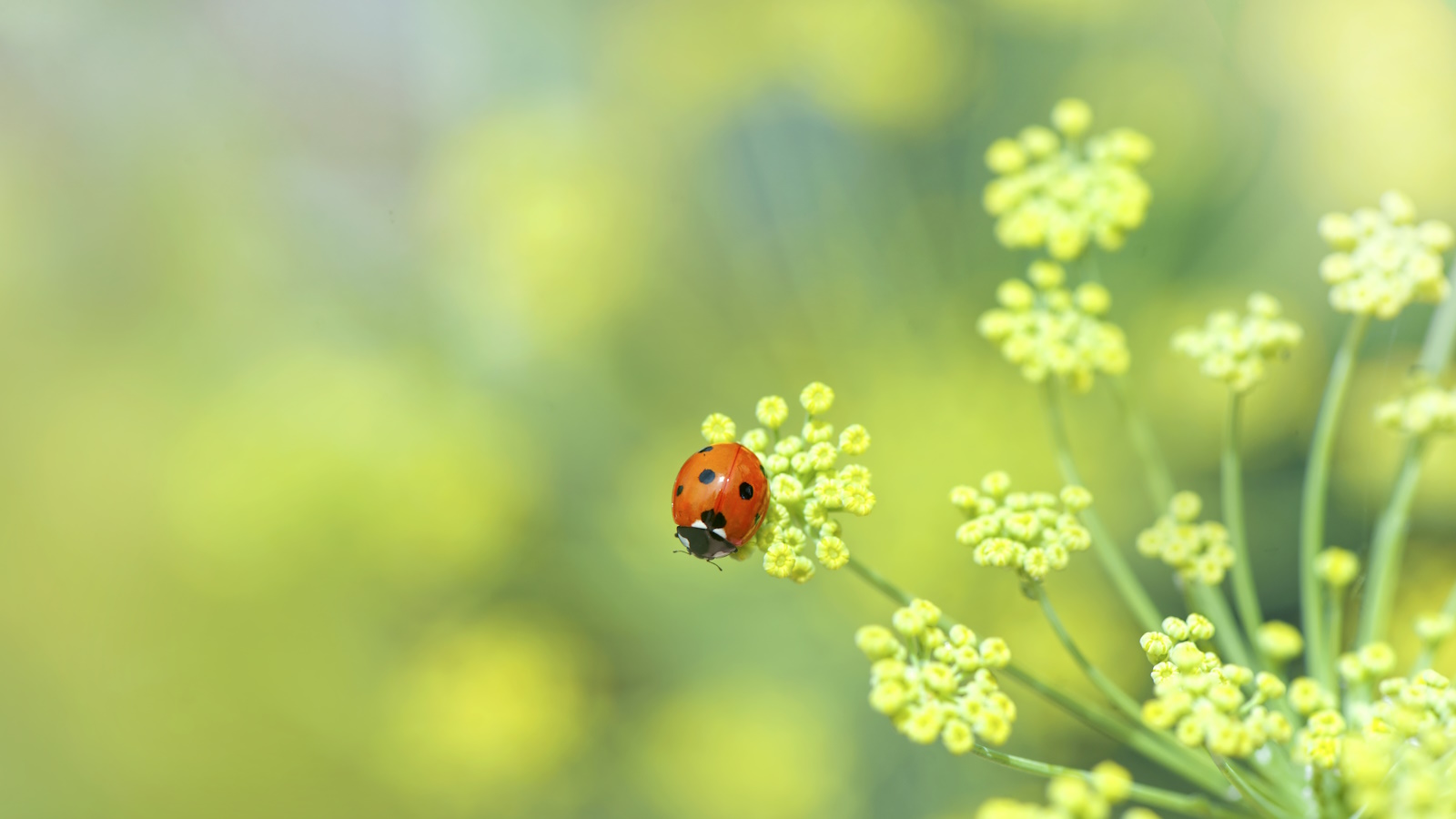
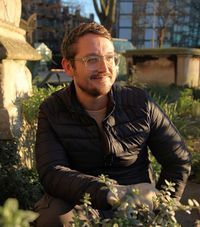
Ladybirds - or ladybugs, depending on where you are from - are small red and black beetles that are easily recognisable in the garden. During spring and summer, these vibrant beetles are a common sight, easily spotted when resting on the fresh green foliage of annuals and perennials.
What you might not know about ladybirds is that they are one of the best natural predators of common garden plant pests. If aphids are attacking your tomatoes or scale bugs are munching on your dahlias, ladybirds can quickly combat pest outbreaks, all without a drop of pesticide or a spray of chemicals. If you are seeking organic gardening ideas, ladybirds are a gardener’s best friend.
Here, experts share 5 garden ideas that can help you attract ladybirds to your garden this year, helping to repel pests and keep your prized plants looking their best.
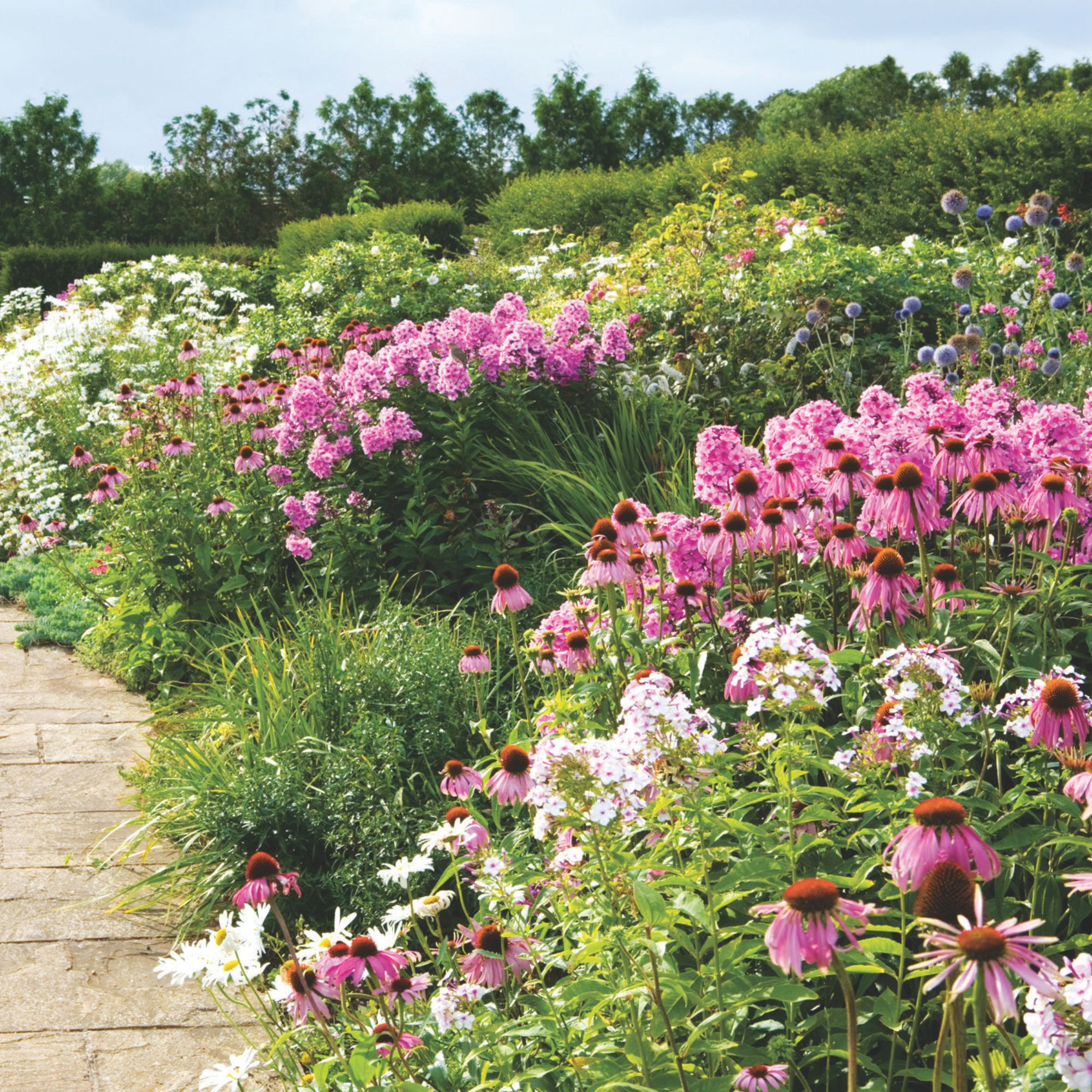
How to attract ladybirds to your garden
There are approximately 40 species of ladybirds in the UK. They range in size from 1 to 10mm and are typically round in shape. The most recognisable species are brightly coloured in red and yellow, but there are many less flamboyant black, brown or grey ladybirds too. Whatever the species, all ladybirds can help to combat pests and pollinate plants, proving to be a useful gardening assistant during the spring and summer.
1. Fill your garden with flowers
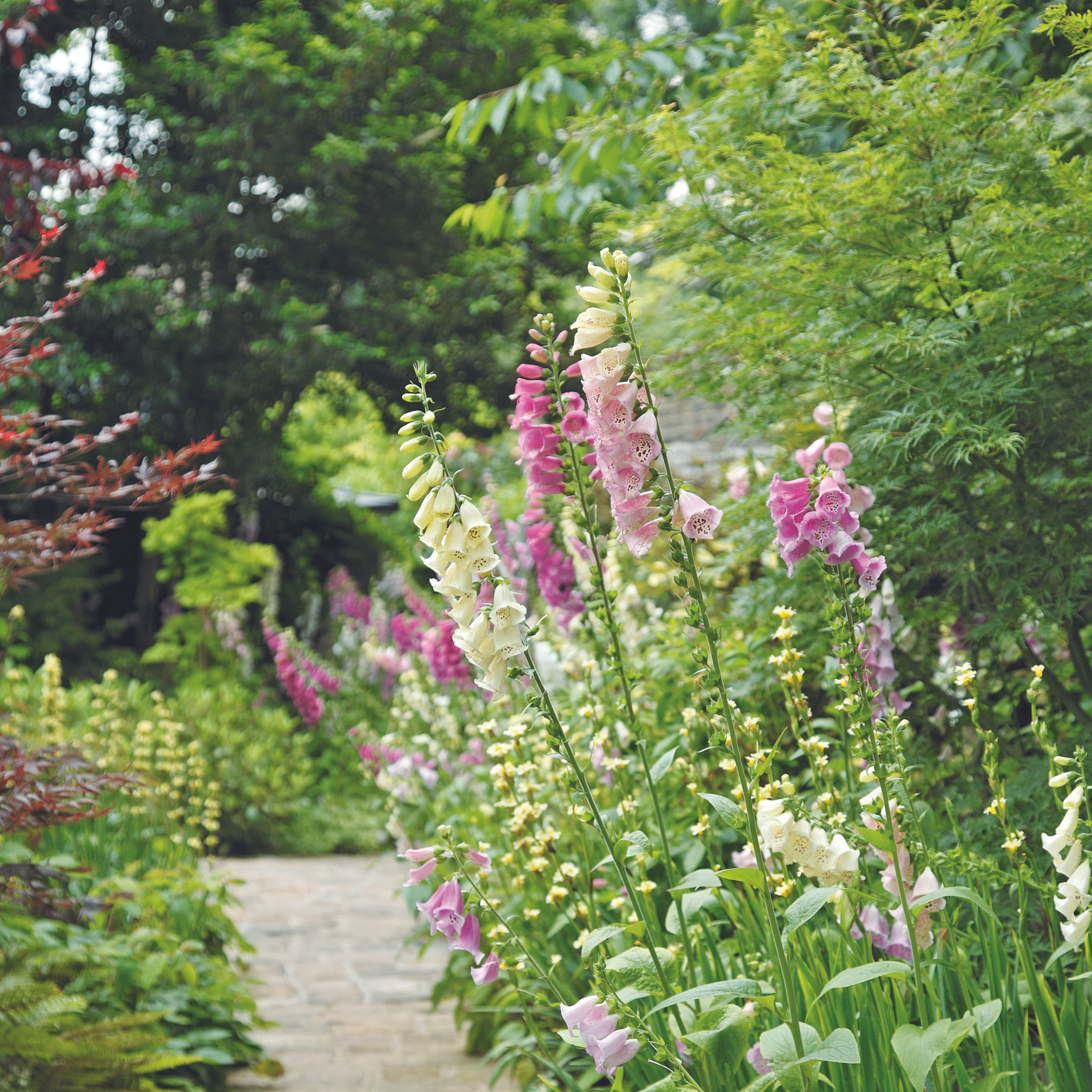
If you are looking to get rid of blackfly on plants or seeking ideas to get rid of glasshouse whitefly, ladybirds are a good option to deter and combat pests.
‘The humble ladybird is a charming guest in the garden and helps to keep your plants thriving,’ says garden designer and consultant, Raine Clarke-Wills. ‘Attracting these wonderful creatures just takes a little knowledge and practice.
‘Knowing what plants they like can be a great place to begin,’ Raine adds. ‘Brightly coloured flowers such as cosmos are an excellent choice. These gorgeous, delicate flowers, reminiscent of daisies, come in an incredible variety of hues.’ Cosmos seeds are available from Amazon. Learning how to grow cosmos is relatively easy, and by planting them in a sunny border and free-draining soil, pollinators and ladybirds will flock to your garden.
Sign up to our newsletter for style inspiration, real homes, project and garden advice and shopping know-how
‘Another good option is calendula,’ Raine adds. ‘Calendula are bright, cheerful annuals commonly seen blooming in zingy orange and golden yellow.
‘Nasturtiums are another popular choice if you are looking to attract insects and bugs,’ Raine says. ‘Nasturtiums, Tropaeolum majus, are fabulous trailing plants with lush trumpet-like flowers in flame hues.’ Nasturtium seeds are available from Amazon. What’s more, nasturtium flowers are edible, so growing these blooms in your borders is good for ladybirds, and good for your suppers too.
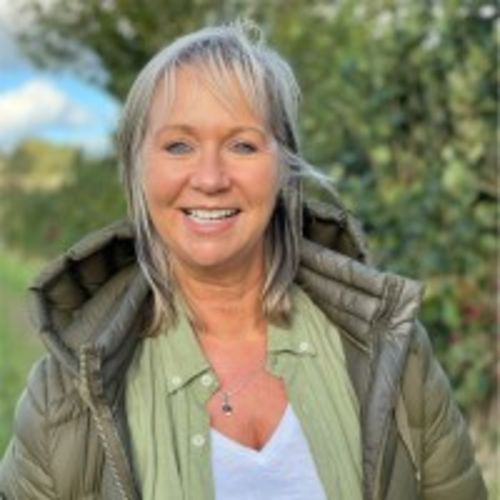
Raine is Raine Garden Design’s head consultant designer where she has successfully designed and built hundreds of projects, ranging from charming, intimate courtyards, to impressive rambling estates.
2. Grow herbs in your garden

‘Ladybirds are particularly partial to certain herbs,’ Raine continues. So, if you are looking to attract beneficial natural predators to your borders this year, incorporating some herb garden ideas into your outside space is a good idea.
‘One popular option is dill, Anethum graveolens,’ Raine says. ‘With its dark green, feathered structure and tall stems topped with yellow flowers, dill can often attract aphids. And where there are aphids, ladybirds will follow.
‘Fennel, Foeniculum vulgare, is another gorgeous plant that produces flat umbels of butter-yellow flowers that ladybirds seem to adore,’ Raine continues. Fennel live plants are available from Amazon.
‘I also love thyme, Thymus vulgaris,’ Raine says. ‘This woody and aromatic herb has clusters of tiny tubular flowers in pastel shades that attract ladybirds with their sweet nectar. It also possesses a particularly inviting scent that is both aromatic and spicy, with a delightful touch of mintiness.’
3. Install a bug hotel
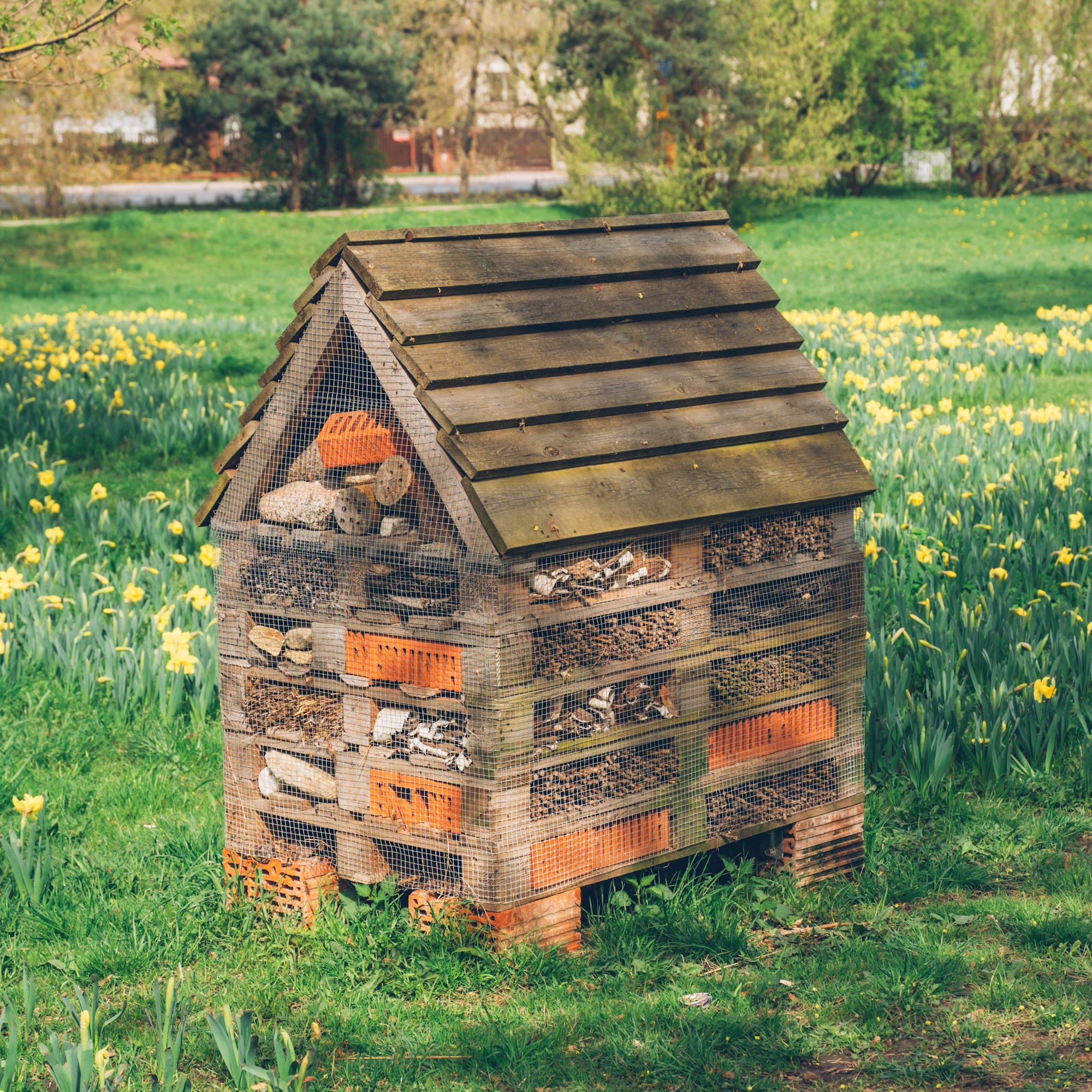
‘Ladybugs are natural predators and can prove to be incredibly beneficial in your garden,’ says gardener Jane Dobbs. Using ladybirds to control aphid outbreaks is therefore a quick and easy way to keep your plants looking their best during the growing season.
‘One way to encourage and attract ladybirds is to provide shelter,’ Jane adds. ‘Bug hotels are a great option, providing somewhere for ladybirds and other insects to rest and overwinter. Bug hotels are available to order online from Amazon.
‘Usually, they hibernate in hollow stems,’ Jane continues, ‘but any nooks and crannies will do. Installing a ladybird house - or a bug hotel - with plenty of hiding spots is therefore a surefire way to bring beneficial bugs to your plot.
‘If you are feeling crafty and creative, consider making your own bug hotel,’ Jane adds. ‘It is very simple, all you need to do is add straw and bamboo stems into an old pot, tied together to keep them neat and tidy.
‘Place your new bug hotel one to three metres above ground in a sheltered spot that gets plenty of sunshine. Soon enough, ladybirds will be drawn to your garden.’

Jane has been working in gardening for ten years, now managing a fantastic group of gardeners. Her favourite aspect of gardening is that it teaches patience. Jane currently lives in London and has a small flower oasis on her balcony.
4. Avoid cutting plants back

‘Aside from bug hotels, it is worth considering other ways to offer these little creatures shelter, especially over winter when they tend to hibernate,’ Jane continues.
‘The best way to do this is to avoid trimming or pruning your garden. Ladybirds need a place to hide and breed, and your borders are the ideal habitat.
‘I recommend putting the secateurs away and leaving your perennial plants in the garden borders through the winter. Dried stems, mulch and fallen leaves are the ideal hiding spot.
‘If you do collect fallen leaves, sticks or twigs, create piles or bundles at the back of your borders. This will provide a natural habitat to attract ladybirds and help them through the winter,’ Jane says.
5. Go organic in your garden

‘Chemical pesticides can be harmful to ladybirds and other friendly insects,’ Raine Clarke-Wills says. ‘It is best to create a safe environment for insects and pollinators, one that is free of pesticides.’
As Raine says, removing chemicals from your garden is the best way to attract insects and pollinators to your plot, so if you are seeking wildlife garden ideas this year, going organic is one way to facilitate a thriving ecosystem, full of birds, bees and bugs.
‘Ladybirds themselves act as a biological form of pest control,’ Raine continues, ‘so if you have plenty of ladybirds, you have no need for chemicals.’
FAQs
Can I order live ladybirds to speed up the process?
Yes, You can buy ladybugs from garden centres or online suppliers if you want to boost the ladybug population fast. After dark when it's cooler, let them out. Before you do this, however, make sure that you have followed our steps and planted plenty of flowering plants and kept the chemicals out of your garden. Live ladybirds are available to order from Amazon.
Aside from pest control, ladybirds are also excellent pollinators. By feeding on the nectar of different plants, they can carry pollen from one plant to another, which in turn helps to pollinate plants and trees in your garden.

Thomas is a Content Editor within the Gardens Team at Homes and Gardens. He has worked as a professional gardener in gardens across the UK and Italy. Trained in Horticulture at the Garden Museum, London, he has written on gardening and garden history for various publications in the UK, including The English Garden, Gardens Illustrated, Hortus, The London Gardener and Bloom. Most recently, he has co-authored a travel book, The Tree Atlas, due out in late 2024.